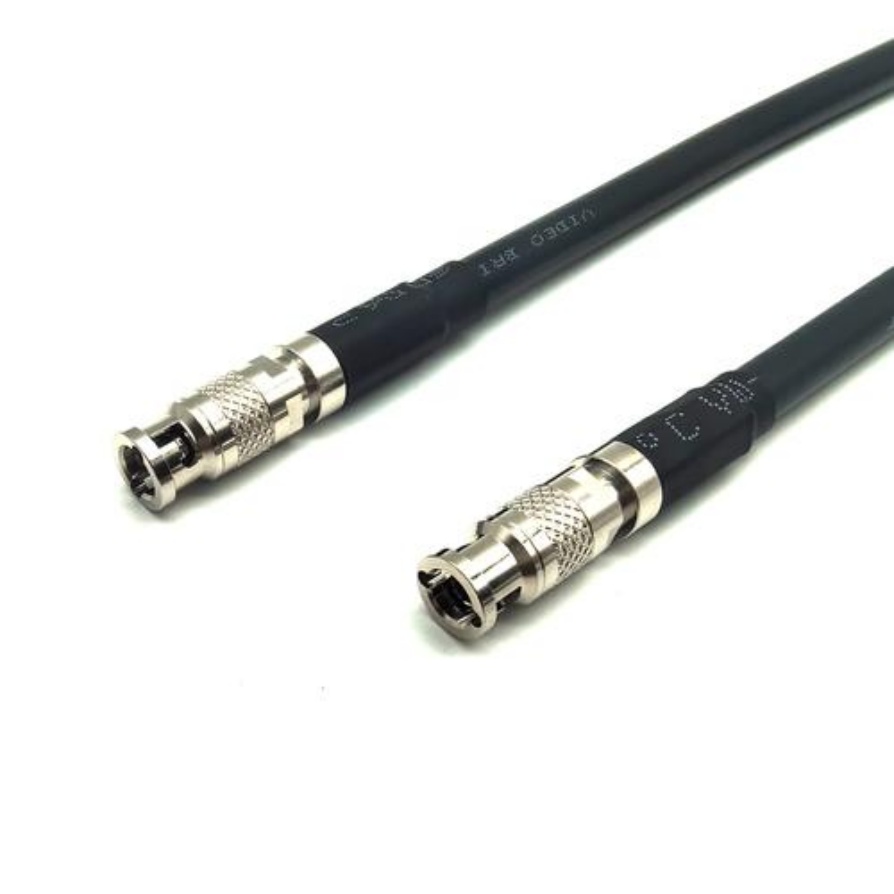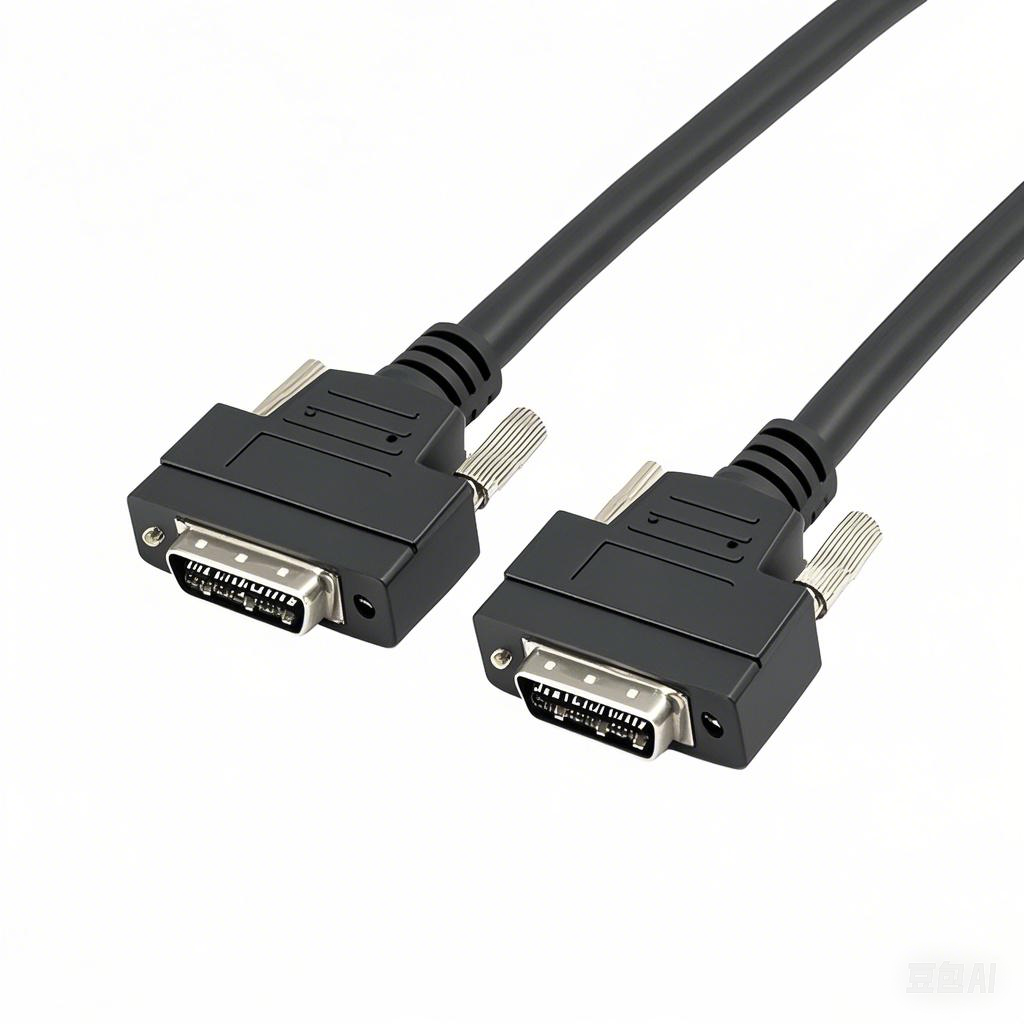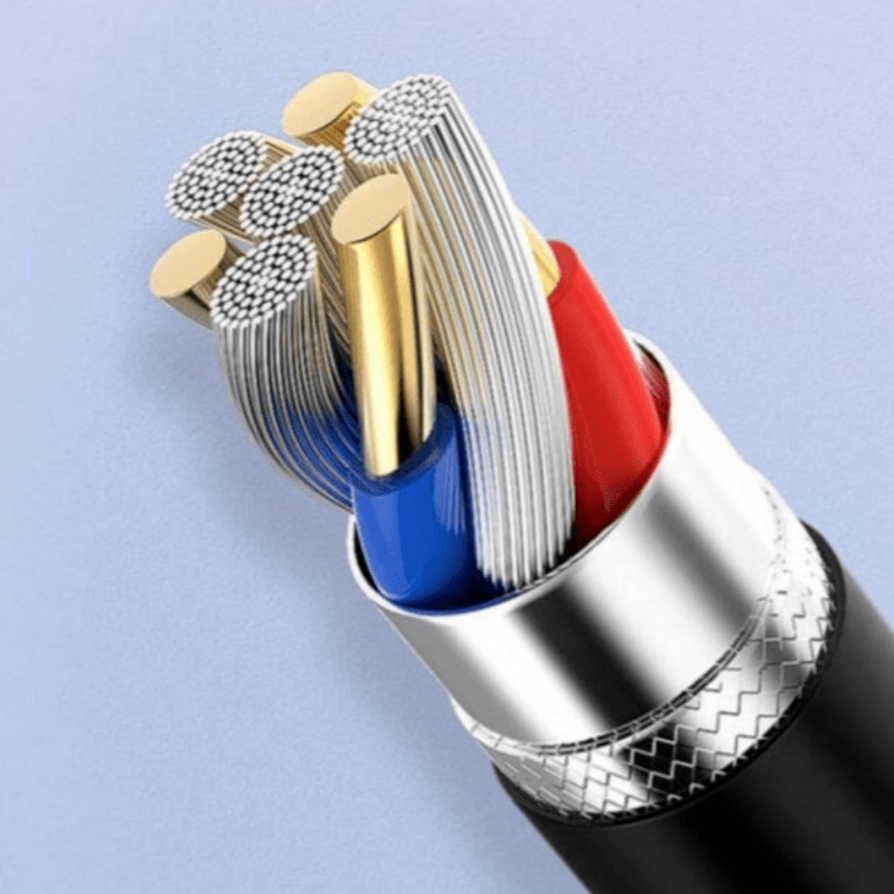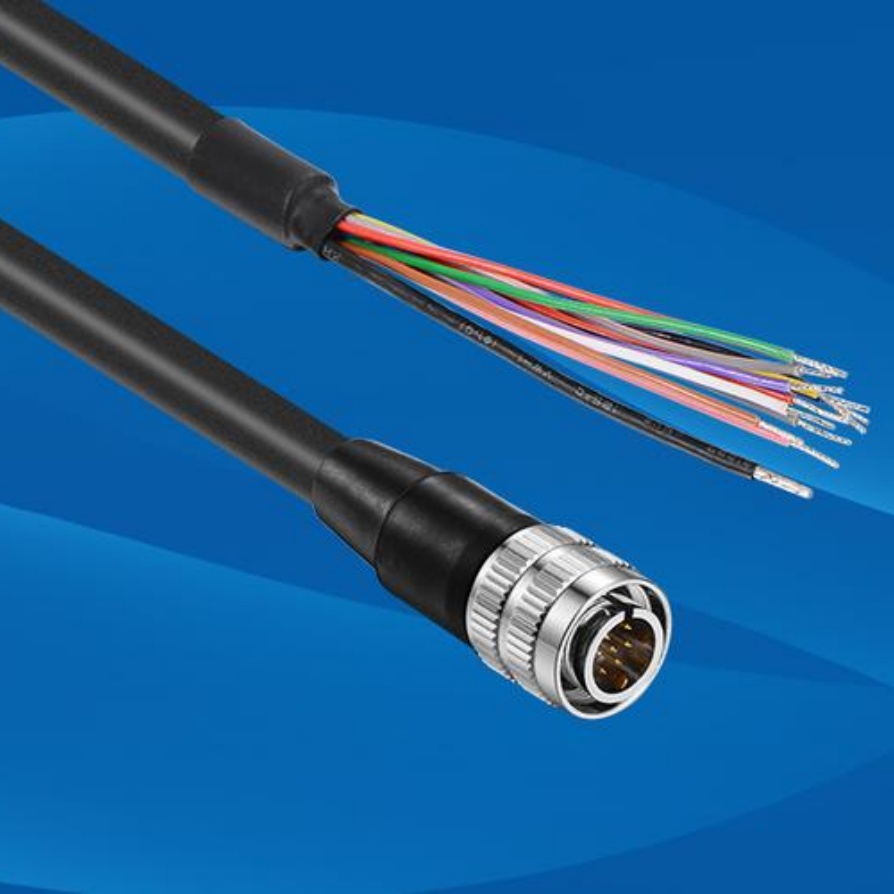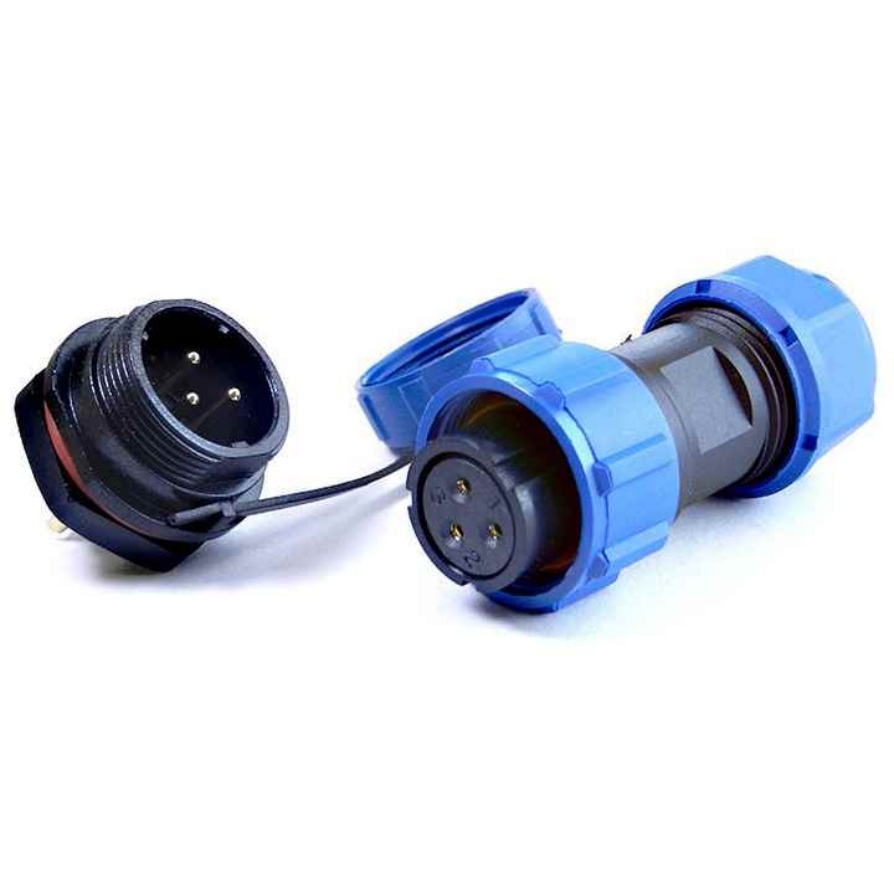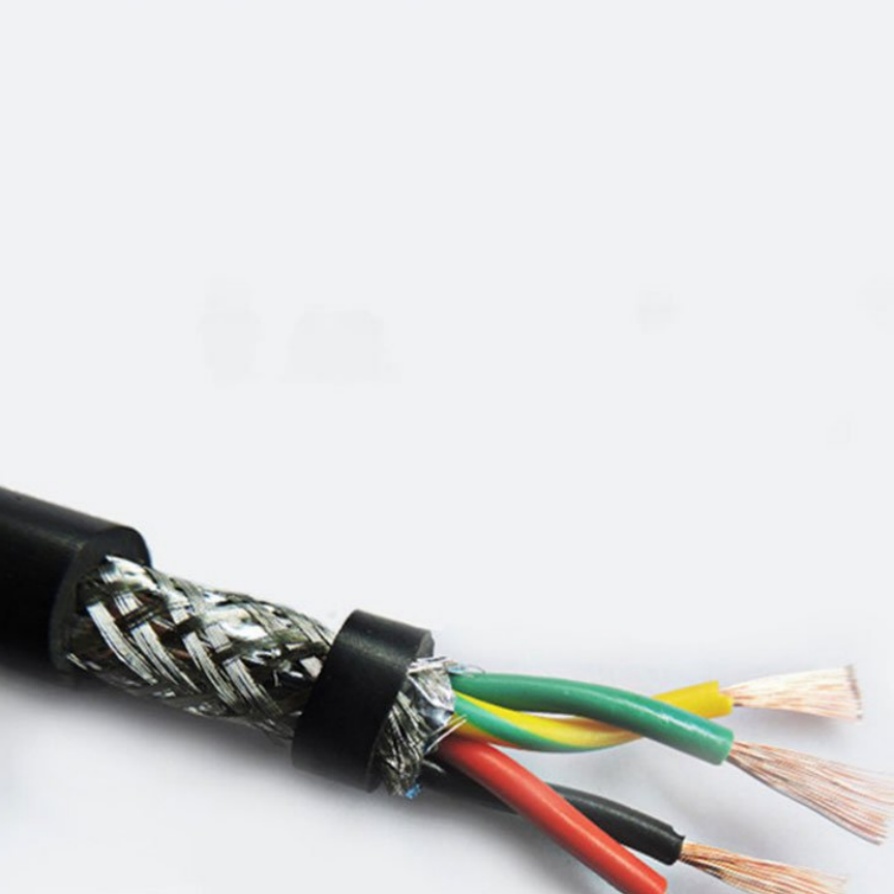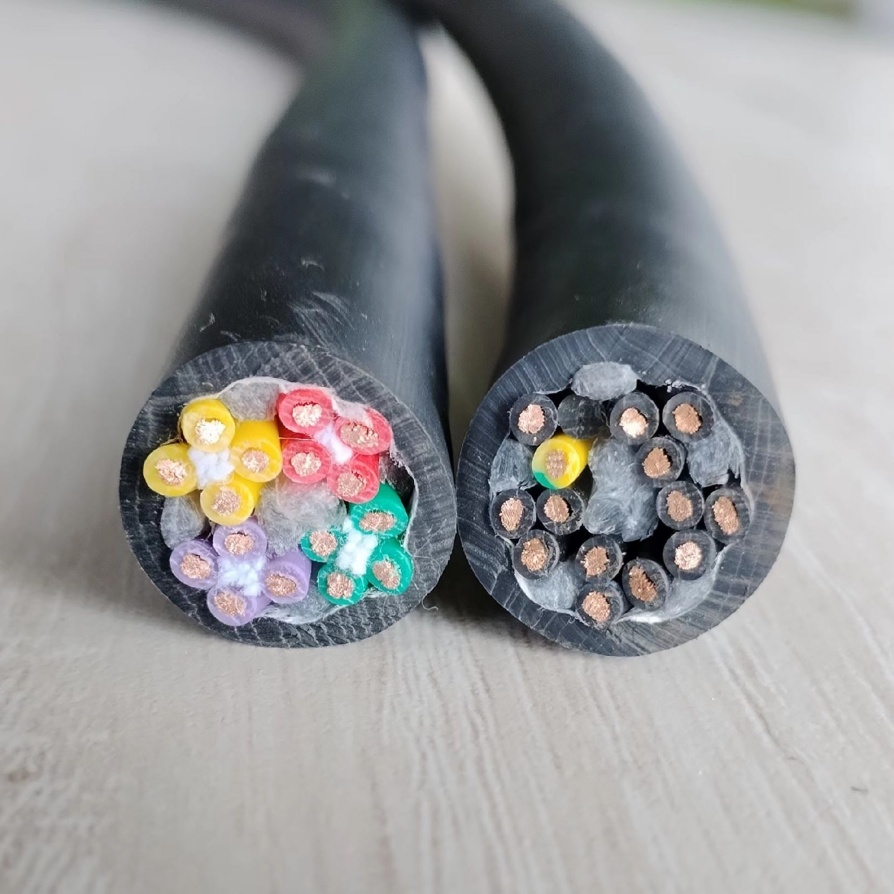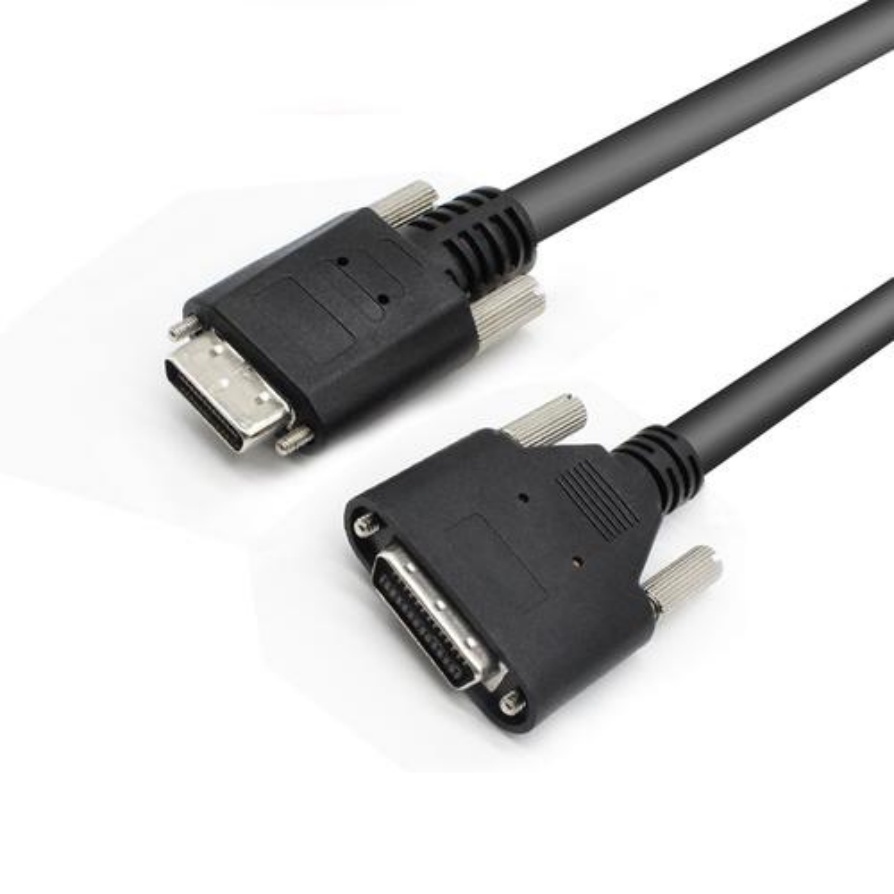What is the resistance to water of machine cable
In the realm of industrial machinery and equipment, machine cables serve as the vital nervous system, transmitting power, signals, and data to ensure the smooth operation of various devices. Among the numerous performance indicators that determine the quality and reliability of machine cables, resistance to water stands out as a critical factor, especially in environments where cables may come into contact with water or moisture. But what exactly is the resistance to water of machine cable? How does it affect cable performance and equipment safety? This article will delve into these questions in detail, providing you with a comprehensive understanding of this essential cable property.
1. Definition of Water Resistance in Machine Cables
The resistance to water of a machine cable refers to the cable’s ability to prevent water or moisture from penetrating its internal structure and causing damage to the conductors, insulation, shielding, or other components. It is not merely about being “waterproof” in the traditional sense; rather, it encompasses a range of performance characteristics that ensure the cable can maintain its electrical, mechanical, and chemical properties even when exposed to different forms of water, such as liquid water, water vapor, or corrosive aqueous solutions, over a specified period.
This resistance is achieved through a combination of specialized materials, structural designs, and manufacturing processes. A water-resistant machine cable should be able to withstand water ingress under various conditions, including immersion, splashing, dripping, and high humidity, without experiencing short circuits, insulation breakdown, corrosion of conductors, or a significant degradation in signal transmission quality.
2. The Importance of Water Resistance in Machine Cables
Water resistance is of paramount importance for machine cables, and its significance can be reflected in several key aspects:
- Ensuring Equipment Safety: Water is a good conductor of electricity. If water penetrates a machine cable, it may cause short circuits between conductors, leading to equipment malfunctions, fires, or even electric shock hazards for operators. A water-resistant cable effectively blocks water ingress, minimizing these safety risks and protecting both the equipment and personnel.
- Prolonging Cable Service Life: Moisture can accelerate the aging and degradation of cable insulation materials. For example, it may cause hydrolysis of polymers, reducing their dielectric strength and mechanical toughness. Additionally, water can cause corrosion of metal conductors and shielding layers, increasing the cable’s resistance and affecting its performance. By resisting water, machine cables can maintain their structural integrity and performance over a longer period, reducing the frequency of cable replacement and maintenance costs.
- Guaranteeing Stable Operation of Industrial Processes: In many industrial sectors, such as manufacturing, energy, and transportation, machine cables are often used in harsh environments where water or moisture is present. For instance, in food and beverage processing plants, cables may be exposed to water during cleaning operations; in offshore wind farms, cables have to withstand seawater immersion and high humidity. A water-resistant machine cable ensures that the transmission of power and signals remains stable, preventing production disruptions caused by cable failures.
- Adapting to Diverse Application Environments: With the expansion of industrial applications, machine cables are required to work in an increasing number of wet or water-prone environments. From underground tunnels and sewage treatment facilities to marine vessels and outdoor construction sites, water-resistant cables enable equipment to operate reliably in these challenging conditions, expanding the scope of application for industrial machinery.
3. Key Factors Affecting the Water Resistance of Machine Cables
The water resistance of machine cables is influenced by multiple factors, and understanding these factors is crucial for selecting and using the right cables. The main factors include:
3.1 Insulation Materials
The insulation layer is the first line of defense against water ingress. Different insulation materials have varying degrees of water resistance. For example:
- Cross-Linked Polyethylene (XLPE): XLPE has excellent water resistance due to its cross-linked molecular structure, which reduces its water absorption rate. It can maintain good insulation performance even when exposed to water for a long time, making it widely used in high-voltage machine cables and cables for wet environments.
- Polyvinyl Chloride (PVC): PVC is a commonly used insulation material with moderate water resistance. However, its water absorption rate is higher than that of XLPE, and it may become brittle or lose insulation performance when immersed in water for an extended period. Modified PVC materials with enhanced water resistance are also available for specific applications.
- Ethylene Propylene Diene Monomer (EPDM): EPDM is a synthetic rubber with outstanding water and moisture resistance, as well as excellent resistance to aging and chemicals. It is often used in machine cables for outdoor, marine, or harsh industrial environments.
- Fluoropolymers (e.g., PTFE, FEP): Fluoropolymers have extremely low water absorption rates and excellent chemical resistance. They are ideal for machine cables used in highly corrosive and wet environments, such as in the chemical industry or semiconductor manufacturing.
3.2 Sheath Design and Materials
The cable sheath provides additional protection against water, mechanical damage, and environmental factors. The sheath’s water resistance depends on both the material and its design:
- Sheath Materials: Similar to insulation materials, sheath materials like XLPE, PVC, EPDM, and polyurethane (PU) offer different water resistance levels. PU, for example, has good water resistance and abrasion resistance, making it suitable for cables that are frequently moved or exposed to water.
- Sheath Structure: A continuous, seamless sheath without gaps or defects is essential for preventing water ingress. Some high-performance machine cables feature a double-sheathed design, where an inner sheath provides primary water resistance and an outer sheath offers mechanical protection. Additionally, the use of tight extrusion techniques ensures that the sheath adheres closely to the underlying layers, eliminating air pockets that could trap moisture.
3.3 Shielding Layers
Shielding layers in machine cables, which are typically made of copper or aluminum, not only protect against electromagnetic interference (EMI) but also play a role in water resistance. A well-designed shielding layer should be continuous and have good conductivity. If the shielding layer is damaged or has gaps, water can seep through these areas and reach the insulation and conductors. Some cables use a waterproof shielding layer, such as a tinned copper braid with a water-resistant coating, to enhance water resistance.
3.4 Cable Construction and Joints
The overall construction of the cable, including the arrangement of conductors, insulation, shielding, and sheath, affects its water resistance. For example, a cable with a twisted pair or coaxial structure may have better water resistance if the gaps between conductors are filled with water-blocking materials. Additionally, cable joints and terminations are vulnerable points for water ingress. Poorly sealed joints can allow water to enter the cable, even if the cable itself is water-resistant. Therefore, using waterproof connectors, heat-shrinkable sleeves, or potting compounds to seal joints is essential for maintaining the overall water resistance of the cable system.
3.5 Water-Blocking Materials
Many modern machine cables incorporate water-blocking materials to enhance their water resistance. These materials can be divided into two types: longitudinal water-blocking and radial water-blocking. Longitudinal water-blocking materials, such as water-swellable tapes or yarns, swell when they come into contact with water, forming a barrier that prevents water from spreading along the length of the cable. Radial water-blocking materials, such as water-resistant coatings or films, block water from penetrating the cable radially from the outside.
4. Testing Standards for Water Resistance of Machine Cables
To ensure the water resistance of machine cables meets the required performance levels, various international and industry standards have been established. These standards specify test methods, conditions, and performance criteria for evaluating water resistance. Some of the commonly used standards include:
- IEC 60092-350: This standard specifies the requirements for power cables with extruded insulation and their accessories for use in ships and offshore structures. It includes tests for water resistance, such as immersion tests in seawater at specified temperatures and pressures for a certain duration, followed by electrical performance tests.
- UL 1581: Underwriters Laboratories (UL) Standard 1581 covers the requirements for wires and cables. It includes water immersion tests where cables are immersed in water at a specified temperature for a given time, and then their insulation resistance and dielectric strength are measured.
- ISO 1996-1: This standard relates to petroleum and natural gas industries and specifies the requirements for cables used in offshore structures. It includes tests for water resistance, as well as resistance to seawater corrosion and mechanical damage.
- EN 50396: This European standard specifies the requirements for power, control, and signal cables for use in industrial applications. It includes tests for water tightness, where cables are subjected to water pressure for a specified period, and their performance is evaluated.
These tests typically involve immersing the cable in water (or a specified aqueous solution) for a certain time at a given temperature and pressure, then measuring parameters such as insulation resistance, dielectric strength, conductor resistance, and signal transmission quality. If the cable meets the specified criteria after the test, it is considered to have passed the water resistance test.
5. Common Applications of Water-Resistant Machine Cables
Water-resistant machine cables are widely used in various industries and applications where wet or water-prone environments are present. Some of the common applications include:
- Industrial Manufacturing: In manufacturing plants, such as automotive, electronics, and food processing, machine cables are often exposed to water during cleaning, cooling, or production processes. Water-resistant cables ensure the reliable operation of production lines, robots, and other machinery.
- Energy and Power Generation: In power plants, wind farms (especially offshore wind farms), and solar energy systems, cables may be exposed to rain, snow, high humidity, or even seawater. Water-resistant cables are essential for transmitting power from generators to the grid and for controlling equipment in these environments.
- Transportation: In marine vessels, ships, and submarines, cables must withstand seawater immersion and high humidity. In railway and subway systems, cables may be exposed to rain, snow, and water from track washing. Water-resistant machine cables ensure the safe and reliable operation of communication, control, and power systems in these transportation vehicles.
- Construction and Infrastructure: In construction sites, tunnels, and sewage treatment facilities, cables are often laid in wet or underground environments. Water-resistant cables can withstand water ingress and mechanical damage, ensuring the normal operation of construction machinery, lighting, and control systems.
- Mining: Underground mines are typically humid and may have water seepage. Water-resistant machine cables are used for powering mining equipment, such as drills, conveyors, and pumps, and for transmitting signals in these harsh conditions.
6. How to Choose the Right Water-Resistant Machine Cable
Selecting the appropriate water-resistant machine cable requires considering several factors based on the specific application requirements. Here are some key points to keep in mind:
- Define the Application Environment: First, assess the level of water exposure the cable will face. Is it immersion in water, splashing, dripping, or high humidity? What is the temperature and pressure of the environment? Are there any corrosive substances present? This information will help determine the required water resistance level and the suitable materials for the cable.
- Check the Cable’s Water Resistance Rating: Look for cables that comply with relevant international or industry standards, such as IEC 60092-350 or UL 1581. The cable’s datasheet should specify its water resistance rating, including the immersion depth, duration, and temperature.
- Consider the Insulation and Sheath Materials: Choose insulation and sheath materials based on the application environment. For example, XLPE or EPDM for wet and harsh environments, and fluoropolymers for highly corrosive environments.
- Evaluate the Cable Construction: Check if the cable incorporates water-blocking materials, has a continuous sheath, and features a reliable shielding layer. Pay attention to the quality of cable joints and terminations, as they are critical for maintaining water resistance.
- Assess Mechanical Properties: In addition to water resistance, the cable should have sufficient mechanical strength to withstand bending, abrasion, and impact in the application environment. For example, cables used in mobile machinery may require a more flexible and abrasion-resistant sheath.
- Consult with Cable Manufacturers: If you are unsure about the right cable to choose, consult with professional cable manufacturers. They can provide technical advice based on your specific needs and recommend the most suitable water-resistant machine cable.
7. FRS: Your Trusted Partner for High-Quality Water-Resistant Machine Cables
When it comes to water-resistant machine cables that combine reliability, performance, and durability, FRS stands out as a leading brand in the industry. With years of experience in cable manufacturing and a commitment to innovation, FRS has established itself as a trusted partner for businesses across various sectors.
At FRS, we understand the critical role that water resistance plays in ensuring the safe and stable operation of your machinery. That’s why we prioritize the use of high-quality materials in our machine cables, such as XLPE, EPDM, and fluoropolymers, which are carefully selected for their excellent water resistance and durability. Our cables feature advanced construction designs, including water-blocking tapes, seamless sheaths, and reliable shielding layers, to provide maximum protection against water ingress.
We adhere strictly to international testing standards, such as IEC, UL, and ISO, to ensure that every batch of our water-resistant machine cables meets or exceeds the required performance criteria. Our state-of-the-art manufacturing facilities and rigorous quality control processes guarantee consistent product quality, from raw material sourcing to final product inspection.
Whether you need water-resistant machine cables for industrial manufacturing, energy generation, transportation, or any other application, FRS can provide customized solutions tailored to your specific needs. Our team of technical experts is dedicated to helping you select the right cable and providing comprehensive support throughout the entire process.
Choose FRS for your water-resistant machine cable needs, and experience the peace of mind that comes with using a reliable, high-performance product. With FRS, you can trust that your machinery will operate smoothly and safely, even in the most challenging wet environments.



